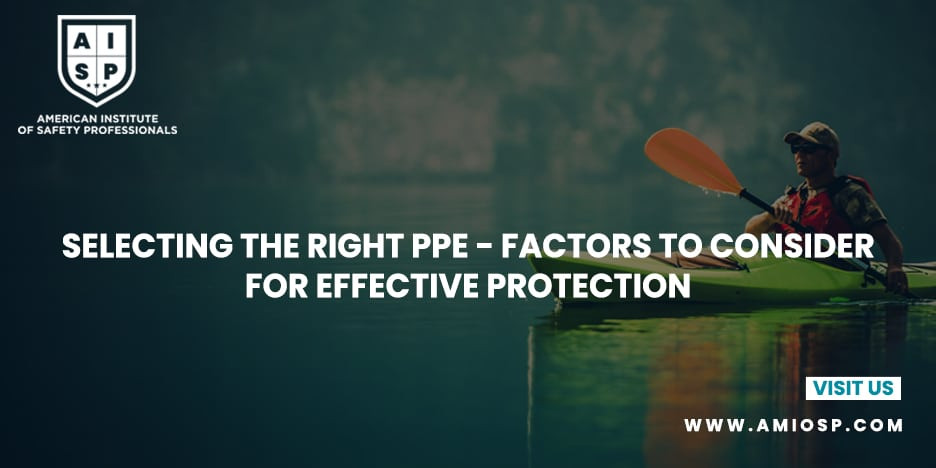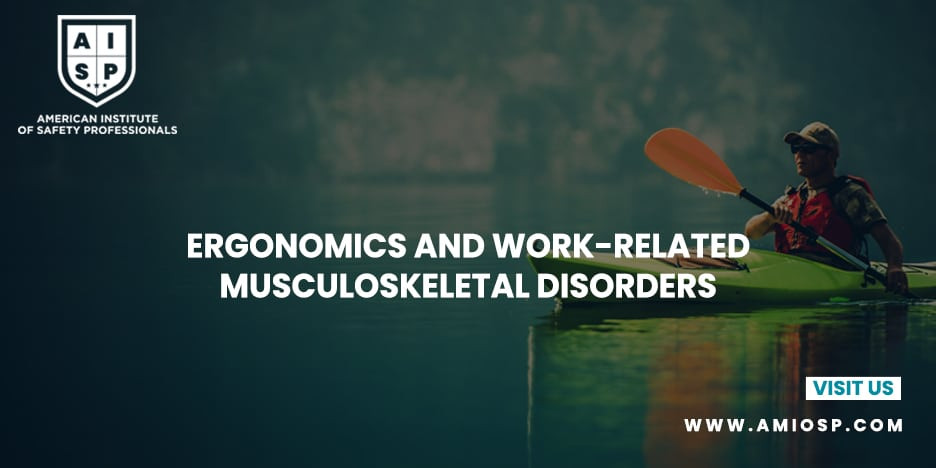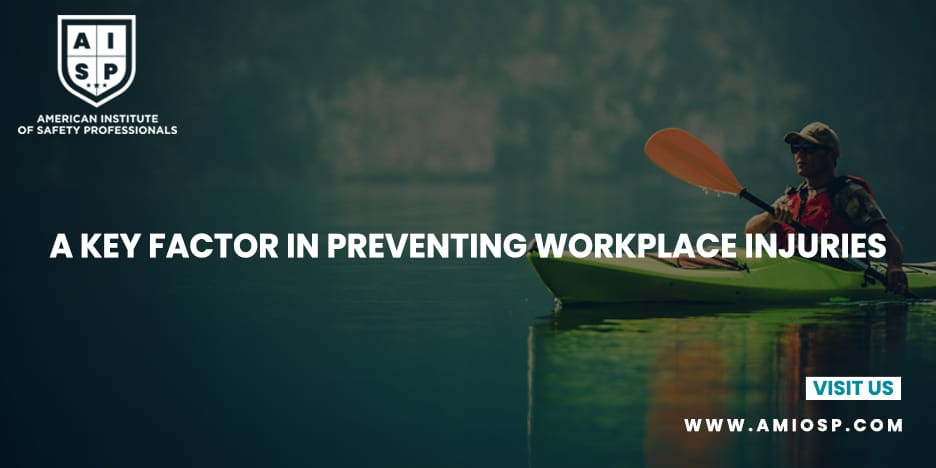Introduction
Selecting the appropriate Personal Protective Equipment (PPE) is crucial for ensuring the safety and well-being of workers in various industries. With a wide range of PPE available, it is essential to consider multiple factors when choosing the right equipment. This comprehensive guide will discuss the key factors to consider for effective PPE selection. By understanding these factors and making informed decisions, employers can provide optimal protection for their employees in the workplace.
1. Hazard Assessment
Before selecting PPE, conducting a thorough hazard assessment is essential. Identify the specific hazards present in the work environment, such as mechanical, chemical, biological, or environmental hazards. Understand the severity and potential risks associated with each hazard. This assessment will help determine the appropriate types of PPE required to mitigate those risks effectively.
2. Compliance with Standards and Regulations
PPE must meet specific standards and regulations to ensure its effectiveness. Familiarize yourself with the applicable regulatory requirements and industry standards governing PPE. Ensure that the selected PPE complies with these standards, as they provide guidance on design, performance, and testing requirements. Compliance ensures that the PPE has been thoroughly evaluated and proven to provide adequate protection.
3. Understanding PPE Limitations
Each type of PPE has its limitations. It is crucial to understand these limitations to make informed decisions. Consider factors such as the expected duration of use, temperature extremes, physical demands of the job, and compatibility with other equipment or work tasks. Be aware of any restrictions or specific conditions under which the PPE may not provide the desired level of protection. This knowledge will help in selecting alternative or additional forms of protection if necessary.
4. Comfort and Fit
PPE that is uncomfortable or does not fit properly may discourage employees from using it consistently. Consider the comfort and fit of the PPE when making selections. Ensure that the PPE is available in various sizes to accommodate different body types. Adjustable straps, padding, and ergonomic designs can enhance comfort and allow for a more secure and effective fit. Encourage employees to participate in the selection process, as their input can improve comfort and compliance.
5. Durability and Maintenance
Select PPE that is durable and can withstand the expected conditions and demands of the workplace. Assess the expected lifespan of the equipment and evaluate its maintenance requirements. PPE should be easy to clean, sanitize, and maintain to ensure its effectiveness over time. Regular inspection, cleaning, and proper storage of PPE are essential to prolong its lifespan and maintain its protective properties.
6. Training and User Competence
Proper training on the selection, use, and maintenance of PPE is crucial for effective protection. Provide comprehensive training to employees on the correct methods of donning, doffing, and adjusting the PPE. Emphasize the importance of consistent and proper usage. Ensure that employees understand the limitations, signs of wear and tear, and when to replace or repair PPE. Regularly evaluate the competence of employees in using PPE and address any gaps through additional training and reinforcement.
7. Cost Considerations
While cost should not be the sole determining factor, it is important to consider the overall cost of the selected PPE. Evaluate the initial purchase cost, maintenance costs, and replacement costs over time. Investing in high-quality, durable PPE may result in cost savings in the long run due to reduced replacement and maintenance needs. However, avoid compromising on protection solely to reduce costs, as the well-being of employees should always be the top priority.
8. Regular Evaluation and Improvement
PPE requirements and workplace hazards may change over time. It is essential to regularly evaluate the effectiveness of the selected PPE and identify areas for improvement. Stay updated on advancements in PPE technology and consider feedback from employees regarding comfort, usability, and effectiveness. Continuously seek opportunities to enhance the selection and implementation of PPE to ensure the highest level of protection for workers.
Conclusion
Selecting the right Personal Protective Equipment (PPE) is crucial for effective protection in the workplace. By considering factors such as hazard assessment, compliance with standards, comfort and fit, durability, training, cost, and regular evaluation, employers can make informed decisions that prioritize the safety and well-being of their employees. Remember that PPE selection is not a one-time task but an ongoing process that requires continuous evaluation and improvement. By prioritizing the selection of appropriate PPE, organizations can create a safer work environment and prevent occupational injuries and illnesses.












0 comments
No Comments